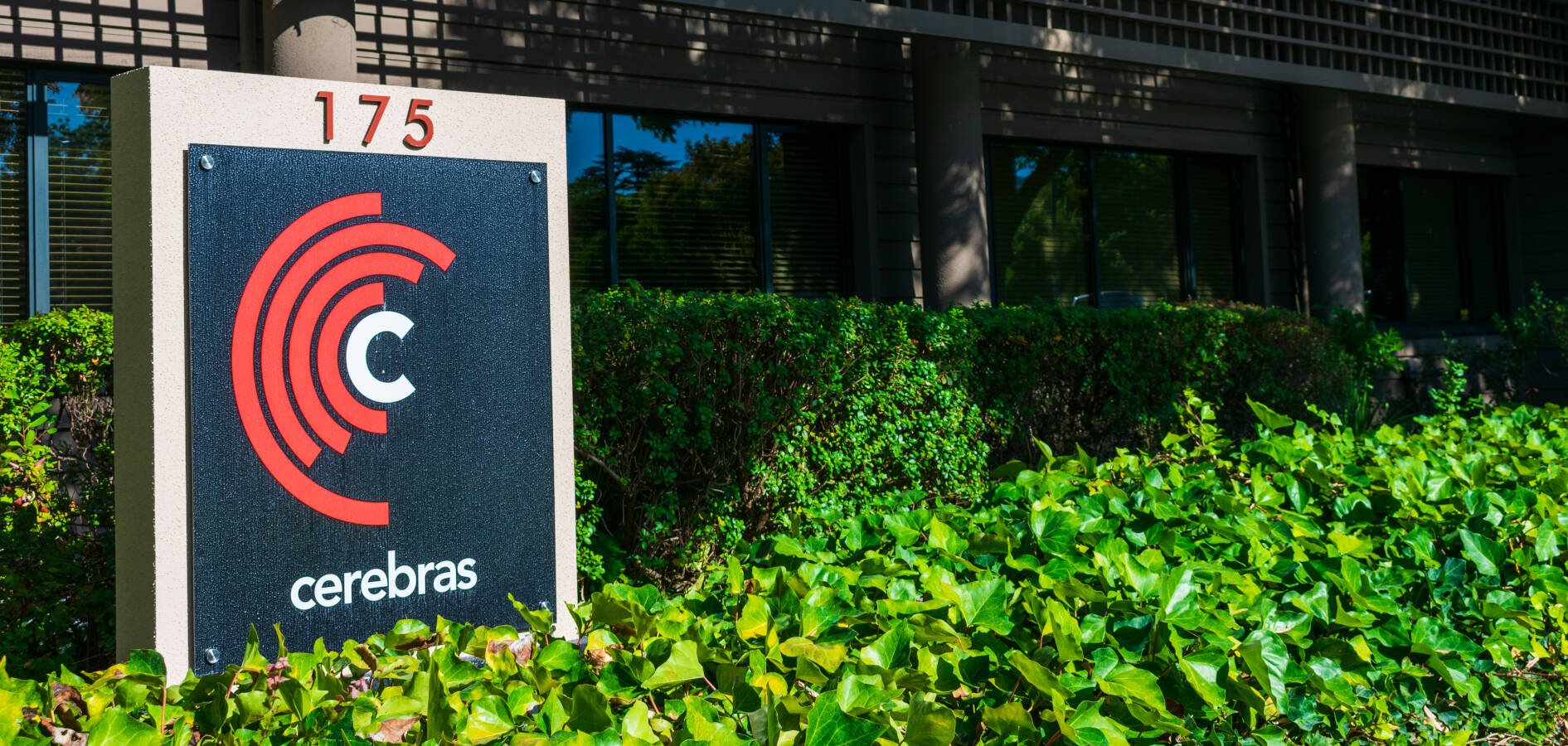Summary:
Joby Aviation partners with Virgin Atlantic for short-range flights in the UK.
eVTOL craft can carry four passengers at speeds up to 200 mph.
Potential routes could reduce travel time from 1.5 hours to just 10 minutes.
Joby aims for pricing similar to premium ridesharing options.
Future of air taxis remains uncertain: common transportation or niche?
Joby Aviation's Ambitious Plans
Joby Aviation is making waves in the transportation sector by partnering with Virgin Atlantic to offer short-range flights in the UK. Utilizing Virgin Atlantic's hubs at London Heathrow and Manchester airports, this collaboration aims to revolutionize how we think about travel.
The eVTOL Advantage
The electric Vertical Take-Off and Landing (eVTOL) craft developed by Joby can carry four passengers plus a pilot, achieving speeds of up to 200 mph. This innovative aircraft is designed to drastically reduce travel time, with potential routes offering journeys that could take just 10 minutes, compared to the hour and a half drive currently required.
Strategic Partnership
As Shai Weiss, CEO of Virgin Atlantic, puts it: "Our strategic partnership combines Joby's expertise in design, engineering, and technology with the power of Virgin Atlantic's brand and award-winning customer experience." The initial flights are expected to include popular routes such as:
- Heathrow to Canary Wharf: Currently a 1.5-hour taxi ride, this journey could be completed in just 8 minutes.
- Manchester Airport to Leeds: A journey that could take around 15 minutes.
Future Prospects
Joby is also focused on establishing its own network of landing locations that cater to travelers, beyond just airport connections. As for pricing, Joby aims to offer fares comparable to existing premium ridesharing options, although details remain scarce. The competition with traditional ride-hailing services and emerging robotaxis will be a crucial challenge.
The Big Question
As we look to the future, one must ask: Will electric air taxis become a common part of airline operations by 2030, or will they remain a niche technology? Share your thoughts in the comments below!







Comments